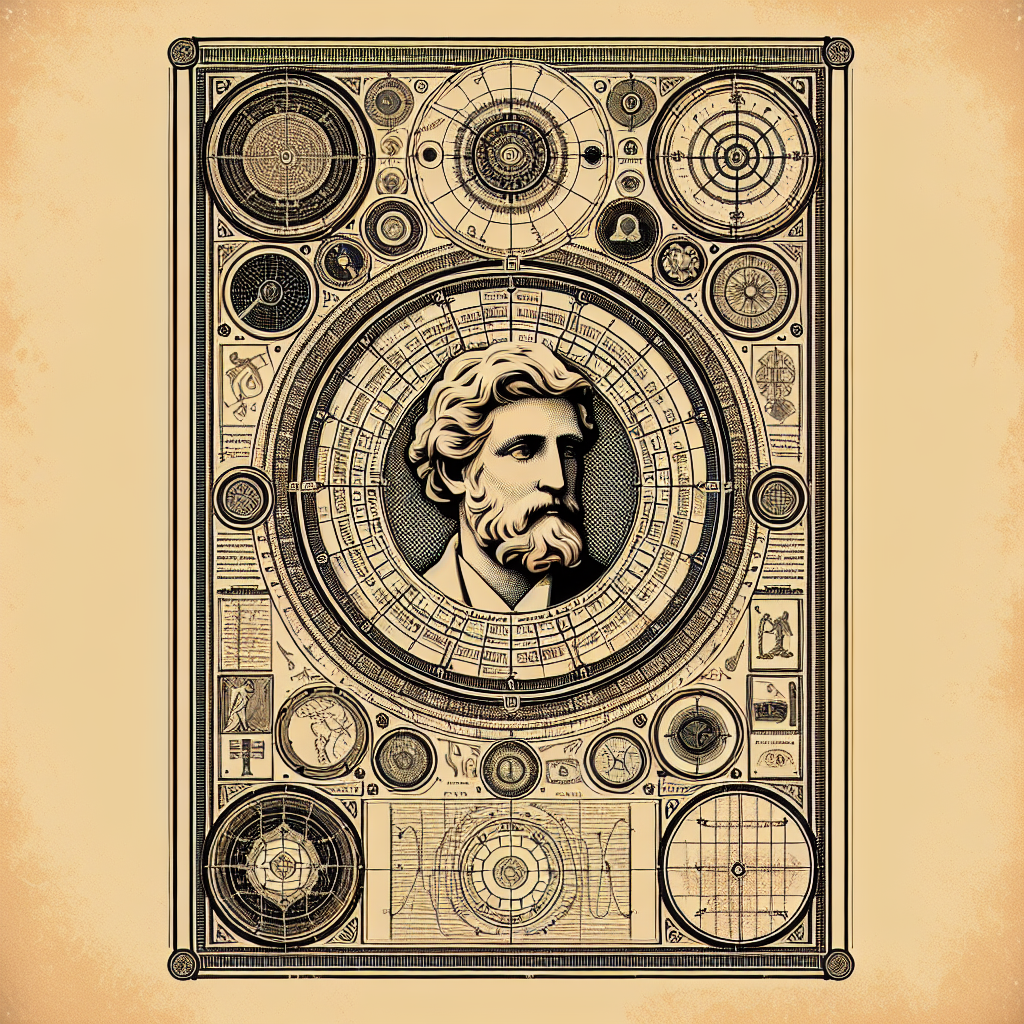Who was Johannes Iversen, and Why Does He Matter Today?
Imagine combining the precision of Sherlock Holmes with the creative insight of Leonardo da Vinci—welcome to the world of Johannes Iversen! Born in 1904 in Denmark, this ecologist wasn’t just tinkering in the lab; he was reshaping our understanding of plant life and its profound connection to past climates. Iversen transformed ecobotany and palynology (the study of pollen) into vibrant fields, unveiling mysteries about Earth’s history hidden beneath peat bogs and lake sediments. Operating primarily in Denmark, Iversen’s passion for unraveling the ecological past became a legacy that influences how we study environmental shifts today. But why should we care about this pioneering work from nearly a century ago? Because understanding our planet's history gives us the tools to face the environmental challenges of the present and future with informed optimism.
The Pioneering Work of Johannes Iversen
Iversen’s journey in science took root during the interwar period, a time of rapid change and innovation. His work at Denmark’s Geological Survey began a lifelong exploration of pollen analysis—a technique seizing the curiosity of both scientists and natural history enthusiasts. Through innovative experiments and detailed observations, Iversen reconstructed vegetation changes over millennia, providing critical insights into climate fluctuations and ecological succession events such as post-glacial forest expansion. His studies not only captured the dynamic nature of past landscapes but also highlighted the intricate dance of plant species over time, influenced by climate change and human intervention.
One of Iversen’s monumental contributions is related to his studies of the Late-Glacial Period in Northern Europe. Utilizing sediment cores—essentially nature’s own time capsules—he could chart how shifts in climate affected plant life. This groundbreaking work helped bridge the gap between paleoclimatology and ecology, allowing a comprehensive understanding of how ecosystems respond to creeping climate changes, shedding light on the delicate balance of our biosphere.
Breathing Life into Palynology
Before Iversen, palynology was a budding field. But his innovative spirit, coupled with meticulous research, breathing new life into it. Iversen didn’t merely catalog pollen data; he was a pioneer of methodologies. By cultivating vegetation and samplings, he attempted real-world simulations that founded the concept of experimental paleoecology. This method allowed scientists to move from merely descriptive studies to forming dynamic models of past ecosystems. It’s like having a conversation with history through pollen, a remarkable tool that Iversen transformed into a compass for ecological conservation.
Iversen’s endeavors also extended beyond mere academic exercise. Imagine discerning layers of history—those ancient voices of pollen whispering across millennia about forest transformations and human impacts like agriculture and deforestation. Today, this is instrumental in reconstructing pre-industrial landscapes, enriching our narratives about human-environment interaction leading to a robust understanding of ancient human societies.
An Optimism Rooted in Scientific Discovery
Iversen’s passion for discovery wasn’t confined to lab coats and microscopes alone. He believed comprehending the past was essential for shaping a sustainable future. He was an advocate for seeing science not just as a collection of data points but as a story—a tale of resilience and adaptation. By applying his findings, we can gain practical insights into sustainable practices and conservation efforts, reinforcing the optimism that informed knowledge can guide humanity toward a symbiotic relationship with nature.
Around the world, Iversen’s work laid the groundwork for what would eventually evolve into modern ecological and biological conservation strategies. His research inspired generations of ecologists and environmentalists to explore the past landscape with the aim of preserving our planet.
The Legacy of Iversen’s Work
Even as we march confidently into an era defined by technological prowess, Iversen’s work stands as a timeless reminder of the significance of ecological history. His methodical approach and inspiring optimism resonate with today’s pressing theme of environmental stewardship. As contemporary scientists push the boundaries of ecological research, they are continually standing on the shoulders of giants like Johannes Iversen.
Interestingly, the evolving field of climate science owes much of its forensic capabilities to insights gleaned from Iversen’s pioneering techniques. His legacy thrives every time scientists stitch together past climate data to predict future trends—a crucial endeavor as we tackle the broader impacts of climate change.
Conclusion: Embracing Our Ecological Heritage
As we look at our world through the lens crafted in part by Johannes Iversen, it’s clear that understanding our ecological heritage isn't merely academic; it’s essential. By unveiling the complexities of our planet's history, Iversen equipped us with a lens that fixed its gaze forward, imbuing hope and prompting action. His legacy teaches us that knowledge is both powerful and necessary, a tool for crafting a hopeful narrative for humans and nature alike.
So next time as you walk by a bloom-filled meadow or ponder a forest’s rustling, remember the power of those tiny grains of pollen—emissaries of history and harbingers of what’s to come, speaking to us through the voice of a visionary scientist named Johannes Iversen.

